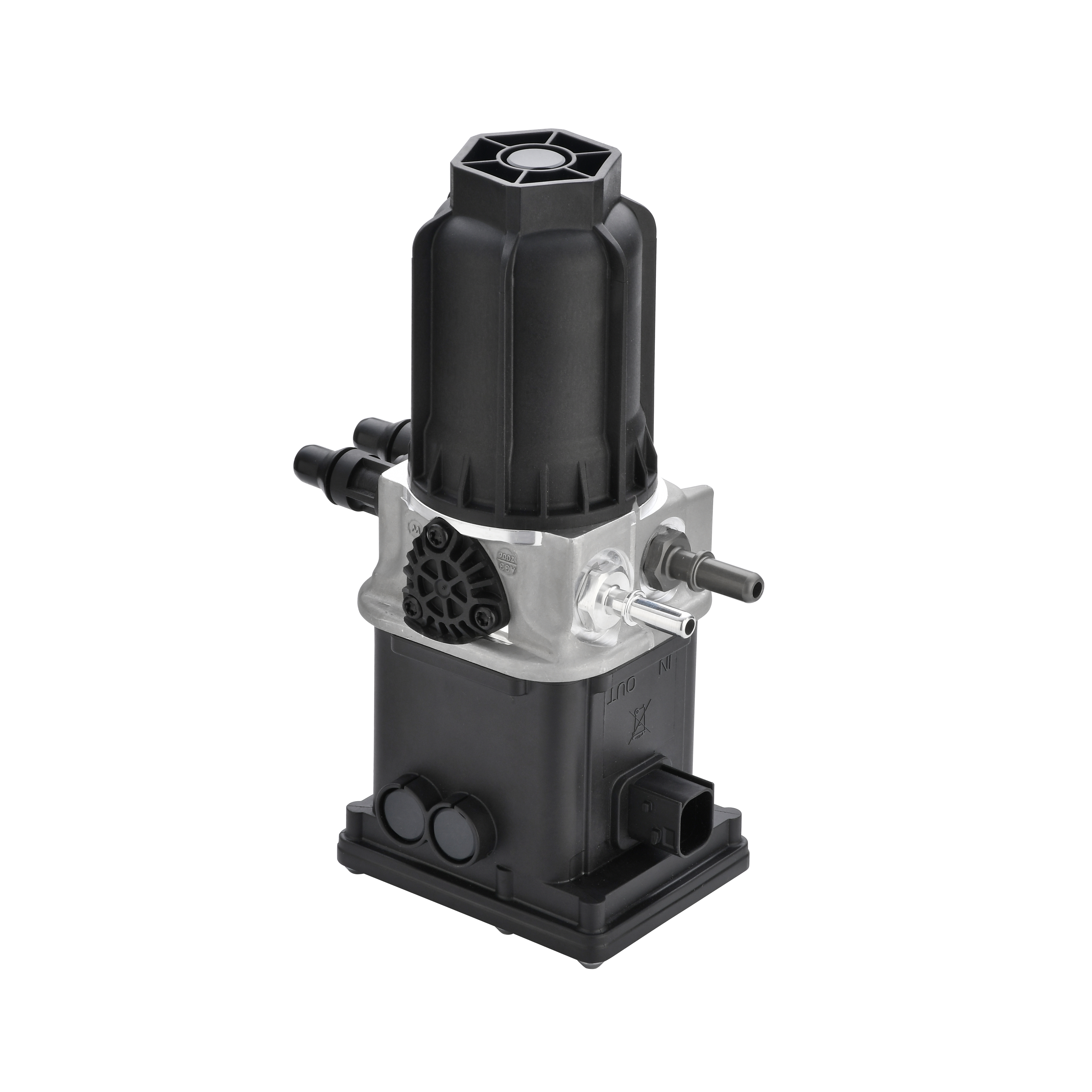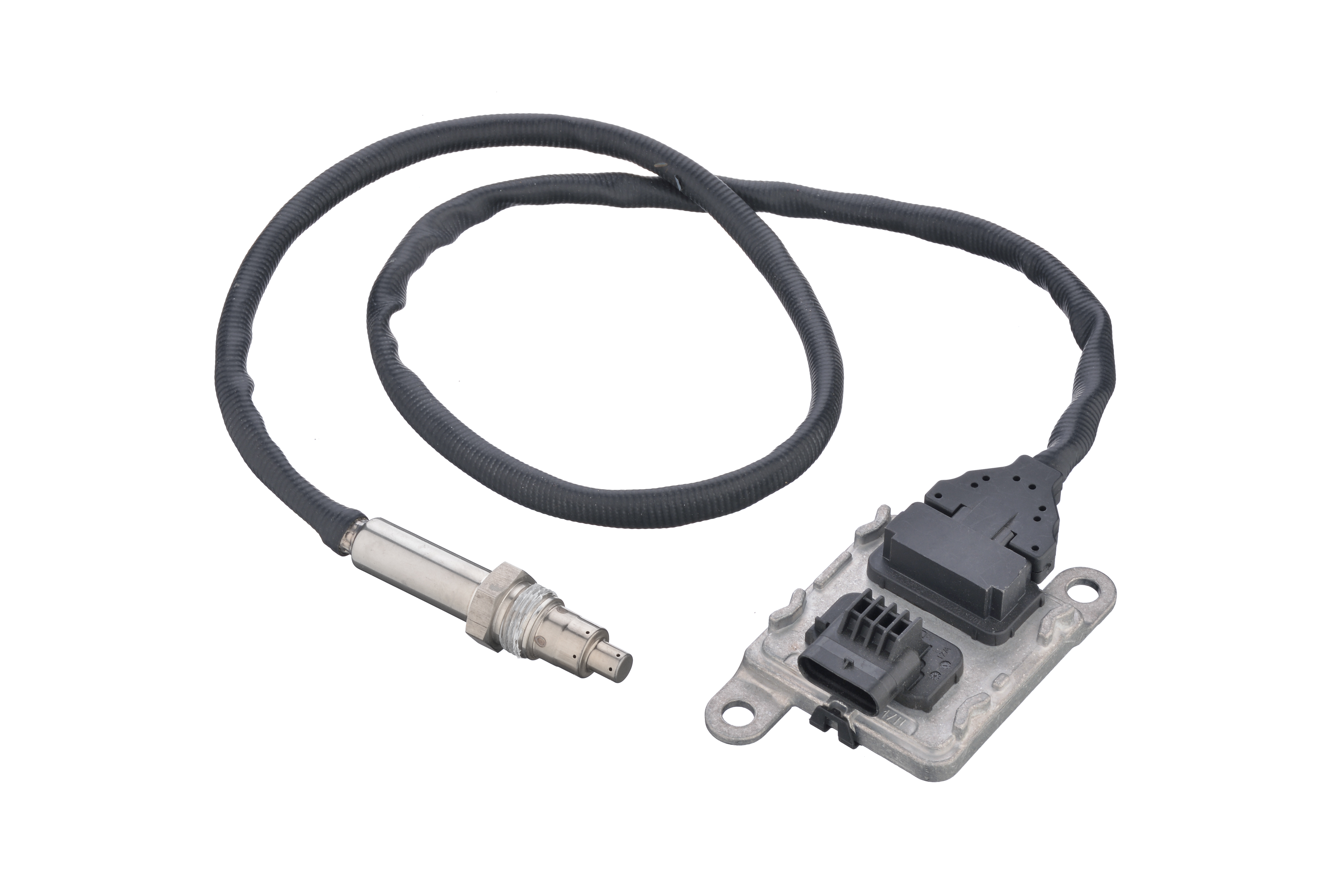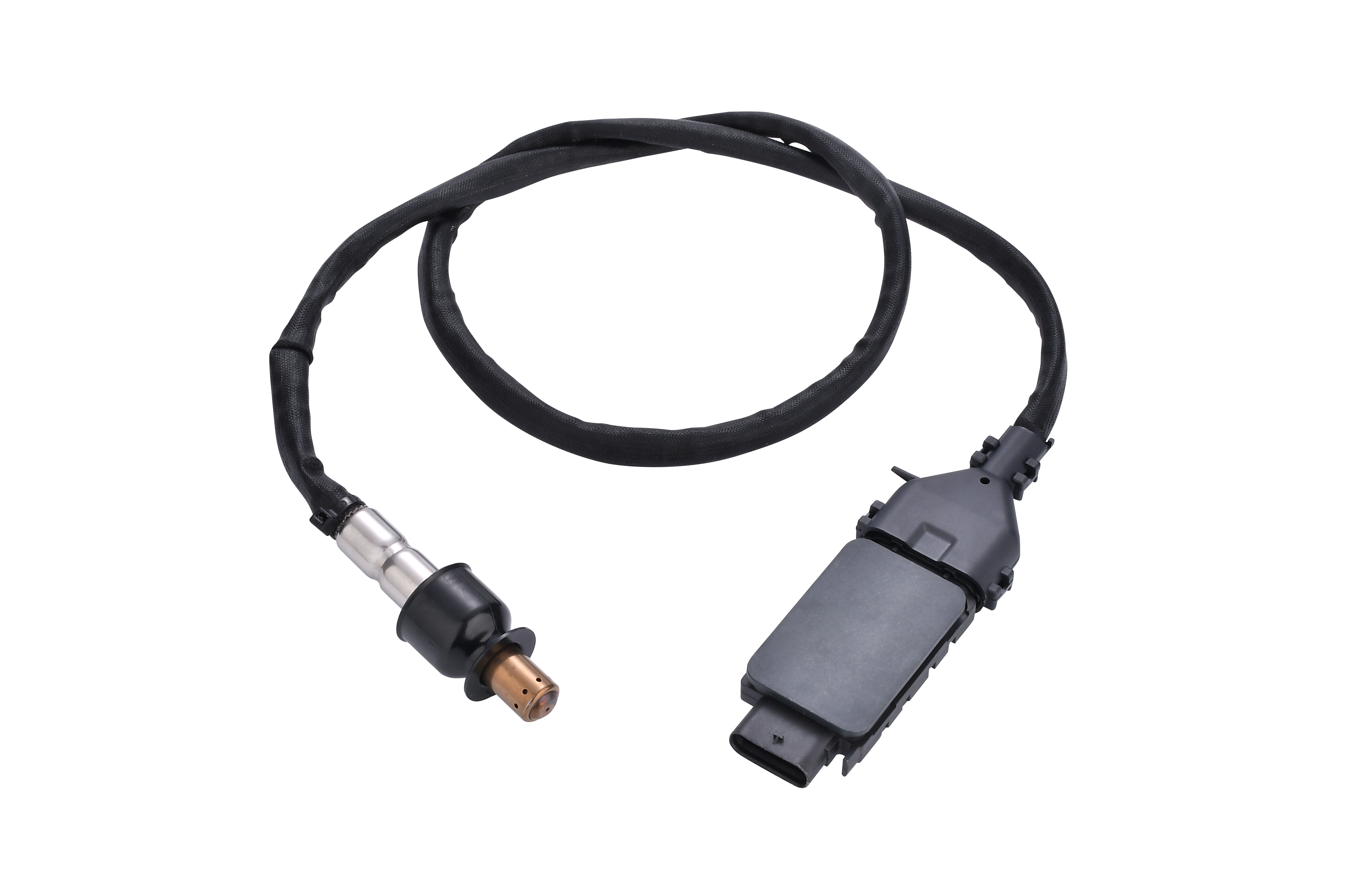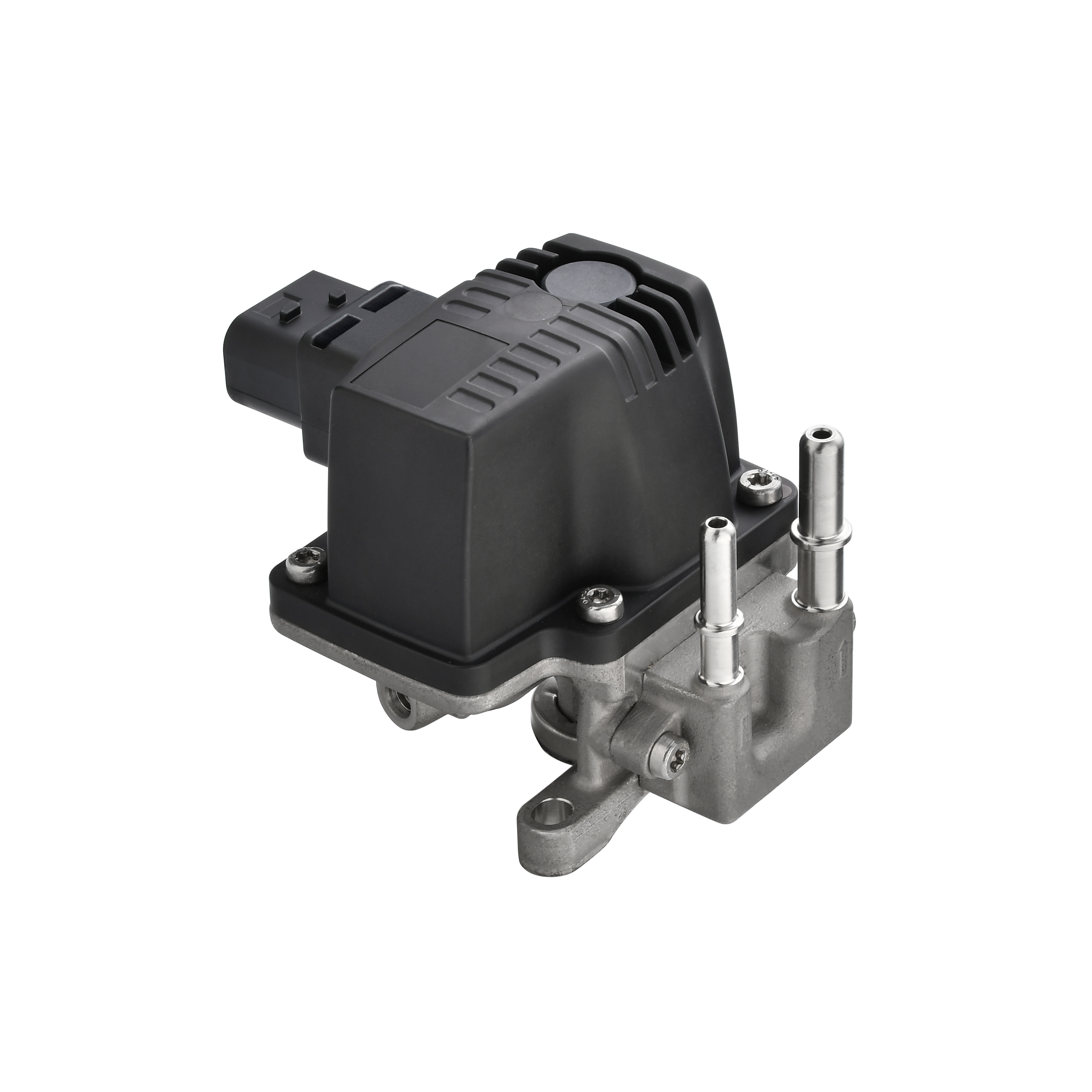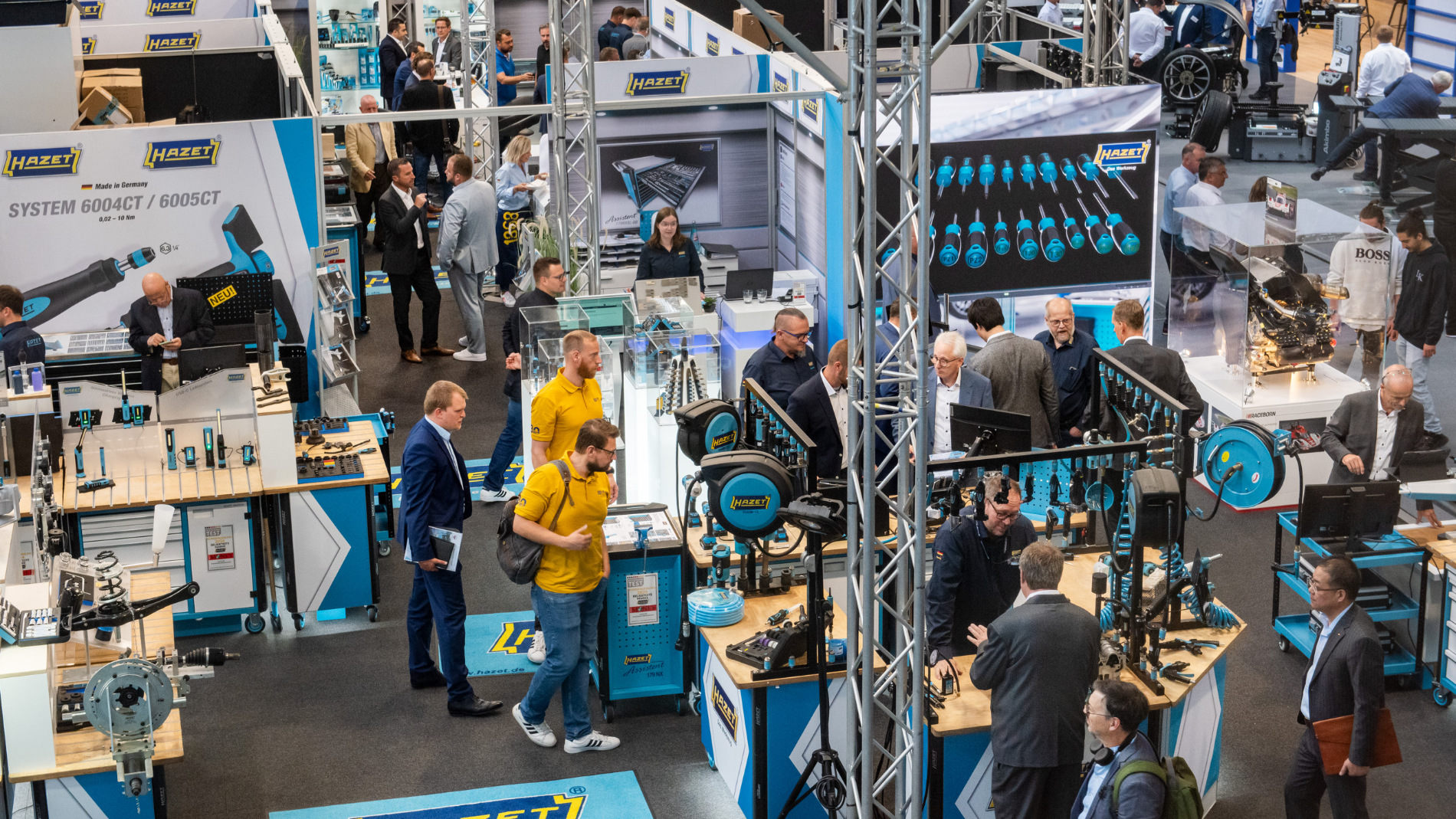NOx Sensors
Description
When the sensors detect that too much NOx is being emitted it communicates this to the SCR system so that it can adjust the urea levels accordingly. Their function therefore is to monitor the NOx conversion efficiency of the catalyst. The sensors can work as part of a feedback loop to the control unit on the emissions system to make real time adjustments and optimize NOx conversion. The ECU can than make adjustments to optimize NOx conversion performance. Most common after treatment systems will have two NOx sensors: One “upstream” on the turbo side of your Particulate Filter (DPF) and the second “downstream,” on the outlet side of your Catalyst (DOC). The two signals, sent directly to your Engine Control Module, are then compared to determine the “conversion efficiency” of your exhaust system. In the case of SCR technology, feedback can also be provided to the urea dosing system whereas in the case of lean NOx trap catalysts, a feedback loop could signal the regeneration of the trap.
The NOx sensor has a dual chamber design that measures both Oxygen and NOx content. As exhaust enters the sensor the Oxygen is pumped out and the NOx finds its way to a second chamber where the gas is exposed to a catalyst that calculates and reports that information to your computer.
If you’re thinking of changing your DPF or DOC, it’s a good idea to think about changing the NOx sensors so that everything runs smoothly. That’s where we come in. We carry NOx sensors for almost all european applications currently, with many more vehicle applications on the way.
Discover more from us
